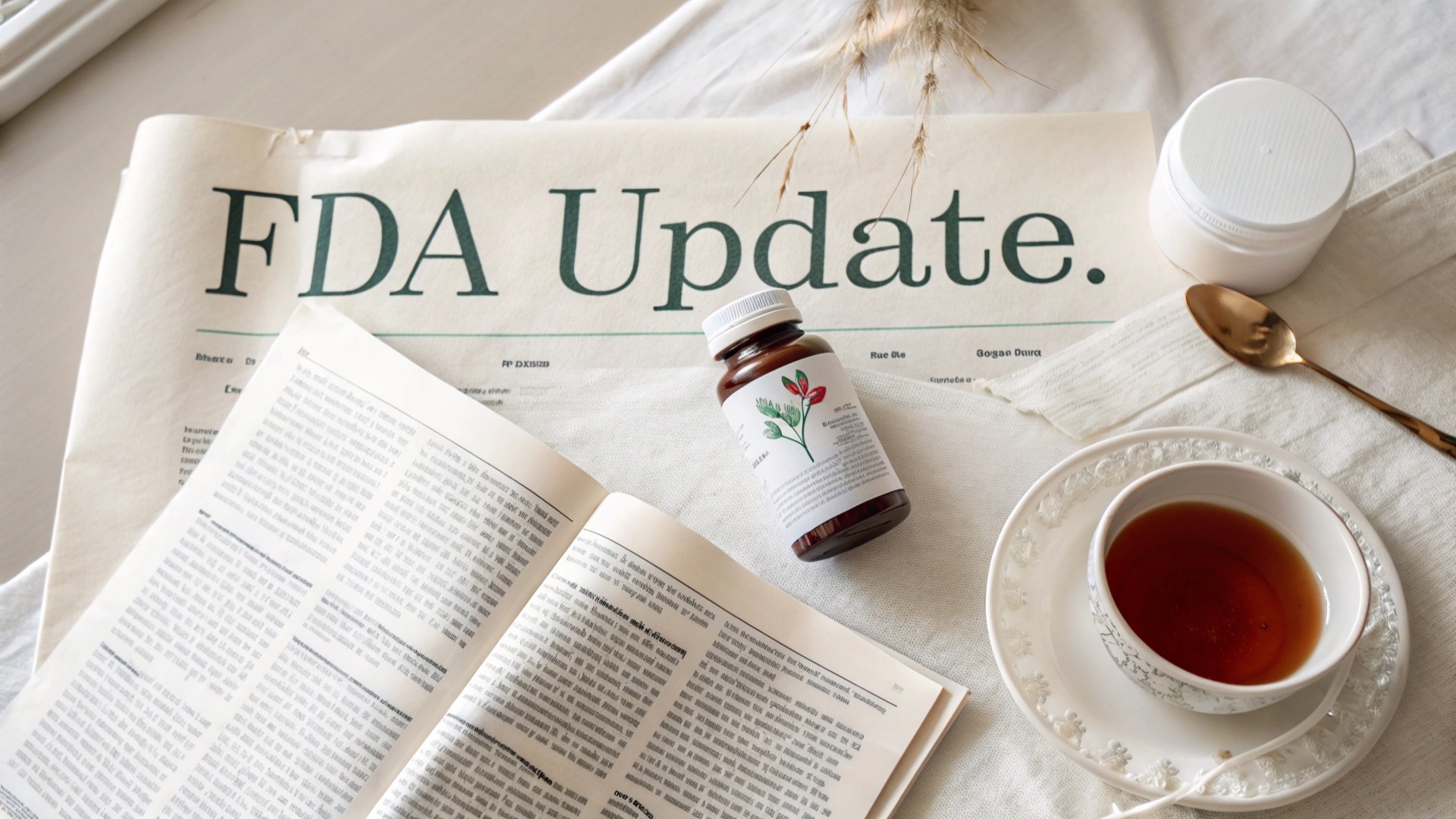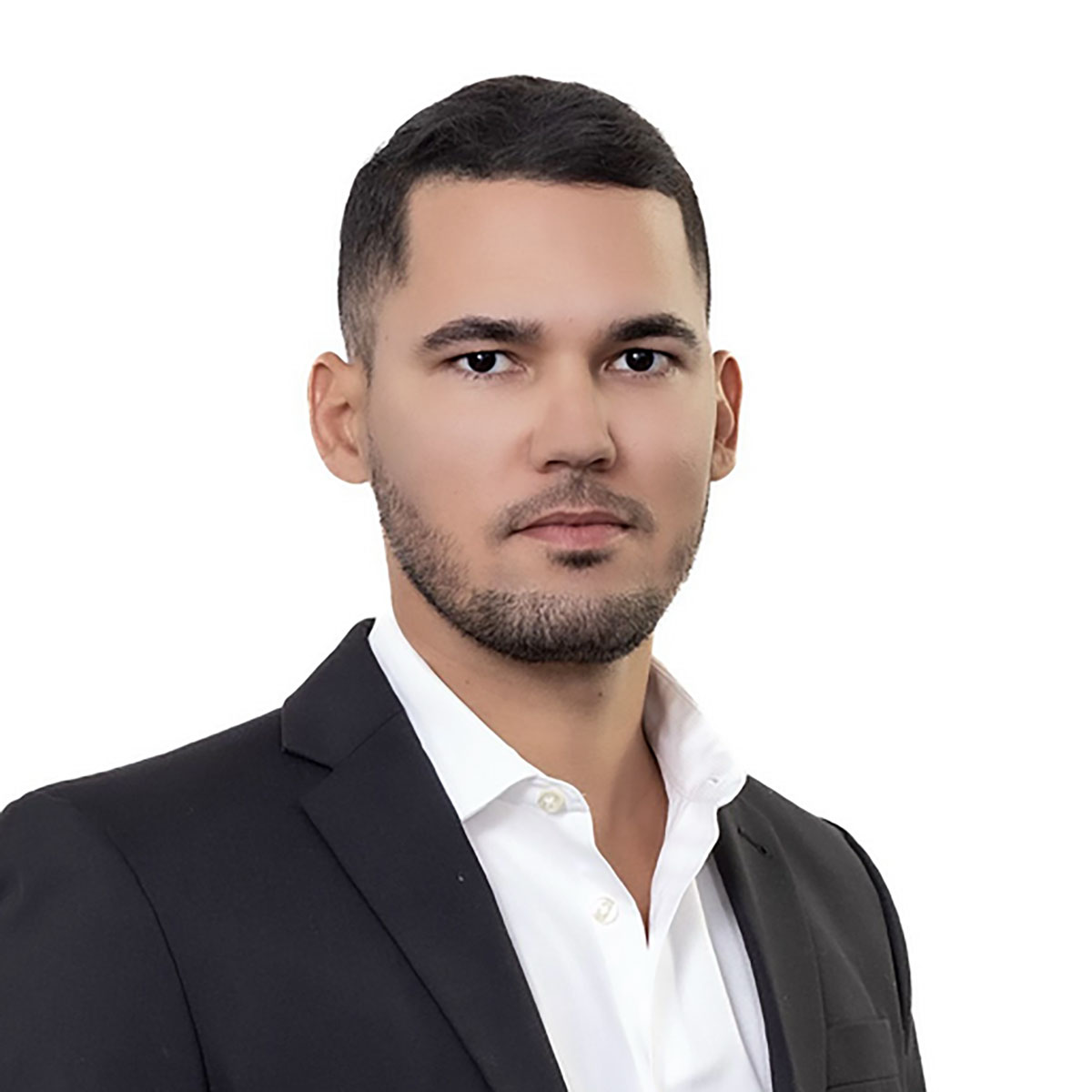Key takeaways
- NAD and resveratrol work synergistically; NAD fuels sirtuins while resveratrol activates them, making the combination more effective than either alone.
- Combining NAD precursors with resveratrol may support brain function, heart health, energy production, and skin protection more efficiently.
- Quality matters: Choose supplements with stable NAD⁺ precursors and trans-resveratrol, verified through third-party testing for potency and purity.
Overview
Have you heard about NAD and resveratrol, but only as separate supplements? You’re not alone. While each compound offers unique benefits for energy, repair, and longevity, what’s often missed is how powerfully they work together.
And that combination isn’t just theoretical; it’s backed by emerging science. NAD (nicotinamide adenine dinucleotide) is a coenzyme essential for energy production and cellular repair, but its levels naturally decline with age.
Resveratrol, a plant-based antioxidant found in grapes and berries, is known for activating sirtuins, proteins linked to aging and metabolic health.
On their own, they do good things. But when combined, resveratrol activates the very pathways that NAD fuels, amplifying their effects on longevity, cognitive function, and metabolic support.
In this blog, we’ll walk you through how NAD and resveratrol interact at the cellular level, what the research says about their combined benefits, and how to choose the right formulations for better absorption and real-world results.
Whether you’re already supplementing or just exploring your options, this is everything you need to know to get the most from this powerful pair.
NAD and its role in aging
Nicotinamide adenine dinucleotide (NAD) is present in every single one of your cells, from your brain to your muscles. Its presence is non-negotiable for many of the body’s most critical functions.
However, a crucial and unfortunate fact is that our natural levels of NAD decline significantly as we age. Some studies suggest we lose over 50% of our NAD levels by middle age.
This age-related decline in cellular NAD levels affects many bodily functions. It is now recognized as a significant contributor to the aging process itself, influencing many of the conditions commonly associated with aging.
The role of NAD in energy production
At its core, NAD is central to metabolism and energy creation. It is a key player in the electron transport chain, a complex process occurring within our mitochondria (the “powerhouses” of our cells).
During this process, NAD acts like a tiny taxi, shuttling electrons to generate ATP (adenosine triphosphate), the universal energy currency that powers nearly every action your body takes.
NAD is essential for cellular energy, energy metabolism, and cellular metabolism, supporting the processes that keep our cells functioning optimally.
When NAD levels are low, the entire energy supply chain becomes less efficient, resulting in feelings of fatigue and a slowdown in cellular activity.
The role of NAD in DNA repair
Beyond energy, NAD is indispensable for cellular maintenance and repair. NAD also plays a crucial role in supporting cellular repair by enabling the body’s natural mechanisms to fix and maintain cellular health.
It is required by a class of enzymes called PARPs (Poly [ADP-ribose] polymerases). When your DNA suffers damage from environmental factors, such as UV radiation or internal metabolic processes, PARPs are the first responders.
They rush to the site of the damage to initiate repairs, but in the process, they consume large amounts of NAD. With declining NAD levels, the ability of PARPs to effectively repair DNA is compromised, leading to the accumulation of cellular damage, a key hallmark of aging.
Resveratrol’s role in aging
Resveratrol is a natural plant compound belonging to a group called polyphenols, known for its health-promoting properties. It’s most famously found in the skin of red grapes, but also blueberries, raspberries, and peanuts. Plants produce it to defend themselves against stress, like fungal attacks or intense sunlight. In humans, it acts as a powerful antioxidant.
Resveratrol’s antioxidant and anti-inflammatory power
Resveratrol’s primary claim to fame is its ability to neutralize harmful free radicals. These unstable molecules cause oxidative stress, a process that damages cells, proteins, and DNA, thereby accelerating the aging process.
By scavenging these free radicals, resveratrol helps protect the body from this relentless damage. Additionally, resveratrol plays a crucial role in mitigating oxidative stress, thereby supporting healthy aging and cellular protection.
Furthermore, it has potent anti-inflammatory properties, helping to quell the chronic, low-grade inflammation that is another major contributor to age-related diseases, and supports a healthy inflammatory response.
Through its antioxidant and anti-inflammatory actions, resveratrol can also promote heart health by supporting endothelial function and maintaining a healthy cardiovascular system.
How do NAD and resveratrol work together?
While both compounds are beneficial on their own, the science reveals that their combined effect is significantly greater than the sum of their individual effects. This combination helps support cellular health by enhancing the activity of sirtuins and promoting optimal cellular function. Their partnership centers on a special class of proteins called sirtuins.
The key and the fuel: Resveratrol activates, NAD powers
Dr. David Sinclair, a leading researcher in this field from Harvard Medical School, uses a powerful analogy to describe their relationship: Resveratrol is the accelerator pedal for the sirtuin genes, but NAD is the fuel.
Resveratrol works by stimulating an enzyme called AMPK, which in turn activates sirtuins. However, sirtuins are NAD-dependent. This means they are entirely reliant on a steady supply of NAD to function. If NAD levels are low, sirtuins remain dormant, regardless of the amount of resveratrol present.
By taking a NAD precursor (which your body converts into NAD) alongside resveratrol, you are both pressing the accelerator and filling the tank. This dual-action approach ensures that the sirtuins are not only activated but also have the necessary fuel to carry out their vital work.
NAD complements resveratrol by providing the necessary fuel for sirtuin activation, thereby enhancing the overall effectiveness of this combination.
Role of Sirtuins: Guardians of the genome
Sirtuins are often referred to as the “longevity genes” or “guardians of the genome.” There are seven different sirtuins in mammals (SIRT1-SIRT7), each with specific roles:
- SIRT1: The most extensively studied sirtuin, it plays a key role in metabolic efficiency, DNA repair, and the reduction of inflammation.
- SIRT3: Located in the mitochondria, it’s crucial for energy production and protecting the powerhouses of our cells from oxidative stress.
When activated by the NAD-resveratrol duo, sirtuins initiate a cascade of protective measures. They ramp up DNA repair, improve mitochondrial health, enhance insulin sensitivity, and aid the body in clearing out damaged cellular components. This comprehensive cellular “tune-up” is what lies at the heart of their anti-aging effects. By supporting these cellular processes, sirtuin activation contributes to healthy aging and may help promote longevity.
Proven benefits of combining NAD and resveratrol
This powerful combination yields tangible health benefits, as observed in numerous scientific studies.
Boosting cardiovascular health
The combination of NAD and resveratrol supports the cardiovascular system in multiple ways. Resveratrol helps improve the flexibility of blood vessels and reduces the oxidation of LDL (“bad”) cholesterol, a key step in the formation of arterial plaques.
Additionally, resveratrol supports heart health and a healthy cardiovascular system by reducing oxidative stress, enhancing endothelial health, and promoting optimal blood pressure and cholesterol levels.
Meanwhile, NAD-fueled sirtuins help reduce inflammation within the blood vessels, creating a healthier and more resilient circulatory system while also helping to maintain healthy blood pressure and support blood pressure within a normal range.
Enhancing cognitive function and brain health
The brain is an incredibly energy-hungry organ, and declining NAD levels can impair cognitive function, as well as overall mental health and brain function. By boosting NAD, you provide the brain with the energy it needs for sharp focus and memory recall.
Resveratrol provides an additional layer of protection by crossing the blood-brain barrier to combat oxidative stress and inflammation, which are linked to age-related cognitive decline.
Promoting youthful skin
Your skin is constantly exposed to environmental stressors, especially UV radiation from the sun. This leads to photoaging, characterized by wrinkles, fine lines, and loss of elasticity.
NAD is crucial for repairing this sun-damaged skin DNA. Resveratrol complements this by providing antioxidant protection, helping to preserve collagen and maintain a more youthful, radiant complexion.
How to choose the right NAD and Resveratrol supplement?
Navigating the supplement market can be a daunting task. Here’s what to look for to ensure you’re getting a high-quality, effective product.
A best-in-class formula often features ultra-strength capsules for maximum potency, vegetarian capsules for dietary suitability, and bioavailable forms of key ingredients to ensure optimal absorption and effectiveness.
When considering supplements containing resveratrol, quercetin, or fisetin, be aware that these ingredients may have low bioavailability. However, enhanced bioavailability can be achieved through advanced delivery methods, such as quercetin formulated with fenugreek fibers, which significantly improve absorption and help overcome these limitations.
NAD precursors: NMN vs. NR
Because NAD molecules are too large to be easily absorbed, supplements use precursors that the body can convert into NAD. The two most popular and well-studied are:
- NMN (Nicotinamide Mononucleotide): A direct precursor to NAD, NMN is one step away in the conversion pathway. It has been featured prominently in the research of Dr. David Sinclair. Research suggests that NMN supplementation may provide significant benefits for older adults, including improvements in physical performance, muscle strength, muscle function, and liver health.
- Nicotinamide Riboside (NR): Another effective precursor, NR is readily converted to NAD in the body and has been shown in clinical trials to effectively boost NAD levels.
Both are considered excellent options. The choice between them often comes down to personal preference and how an individual responds to it. NMN and NR may also play a role in supporting glucose metabolism, which is essential for healthy aging and metabolic health.
The importance of trans-resveratrol
Resveratrol exists in two forms: trans-resveratrol and cis-resveratrol. Trans-resveratrol is the biologically active form that has been used in the vast majority of clinical studies and is responsible for the health benefits associated with it. Ensure your supplement specifies “trans-resveratrol” on the label.
However, unformulated resveratrol is known for its low bioavailability, which limits its effectiveness. Premium products like Resveratrol Elite utilize advanced delivery methods and multi-component formulations to significantly enhance absorption and maximize the anti-aging, cardiovascular, and cellular metabolism benefits of resveratrol.
Why third-party testing is non-negotiable?
The supplement industry is not as tightly regulated as the pharmaceutical industry. Third-party testing by an independent laboratory (look for seals from organizations like NSF, USP, or Informed-Sport) verifies that the product contains what the label claims and is free from contaminants such as heavy metals or pesticides.
Such testing can also confirm that supplements achieve the desired serum levels of active ingredients, ensuring effective absorption and potential health benefits. This is a critical mark of a trustworthy brand.
Bottom line
The combination of NAD and resveratrol represents a paradigm shift in how we approach the aging process. It moves us from a reactive stance to a proactive one, allowing us to support our cellular health from the inside out.
By understanding the science of how this dynamic duo works to fuel our sirtuins, repair our DNA, and protect us from oxidative stress, we can make informed decisions to support our journey toward a longer, more vibrant life.
If you are serious about investing in your long-term health, a high-quality, third-party tested NAD and resveratrol supplement is one of the most powerful tools available in the modern longevity toolkit.
Frequently Asked Questions (FAQs)
- What is the best time of day to take NAD and resveratrol?
Most experts, including Dr. David Sinclair, recommend taking them in the morning. NAD precursors can boost energy levels, and taking them too late in the day could interfere with sleep.
- Are there any side effects?
Both compounds are generally considered safe and are well-tolerated. Some individuals may experience mild gastrointestinal upset, such as nausea or diarrhea, especially at higher doses. Starting with a lower dose or taking a supplement with a small amount of healthy fat (like yogurt or olive oil) often mitigates these effects.
- How long does it take to see results?
This varies significantly from person to person. Some people report feeling increased energy and mental clarity within a few weeks. However, the primary benefits, like improved DNA repair and cardiovascular health, are happening at a cellular level and are not something you would “feel” immediately. Consistency is key. Improvements may also be reflected in health markers returning to the normal range, such as blood sugar levels or metabolic indicators.
- Can I get enough from my diet alone?
While foods like red wine and grapes contain resveratrol, the amount is far too small to be therapeutically effective. You would need to drink hundreds of glasses of wine to get the dose found in a single supplement capsule. Similarly, while your body produces NAD, this production declines with age, making supplementation the most practical way to restore youthful levels.
- Who should not take NAD and resveratrol?
As with any supplement, it’s best to consult with your healthcare provider before starting, especially if you are pregnant, nursing, have a pre-existing medical condition or are taking prescription medications. You should also consult a healthcare practitioner or healthcare professional for personalized guidance regarding dosage and safety.
References
- Sharma, A., Chabloz, S., Lapides, R. A., Roider, E., & Ewald, C. Y. (2023). Potential synergistic supplementation of NAD+ promoting compounds as a strategy for increasing healthspan. Nutrients, 15(2), 445.
- Desquiret-Dumas, V., Gueguen, N., Leman, G., & Procaccio, V. (2013). Resveratrol induces a mitochondrial complex I-dependent increase in NADH oxidation responsible for sirtuin activation in liver cells. Journal of Biological Chemistry, 288(51), 36663–36675.
- Sinclair, D. A., & LaPlante, M. D. (2019). Lifespan: Why we age—and why we don’t have to. Simon & Schuster.








